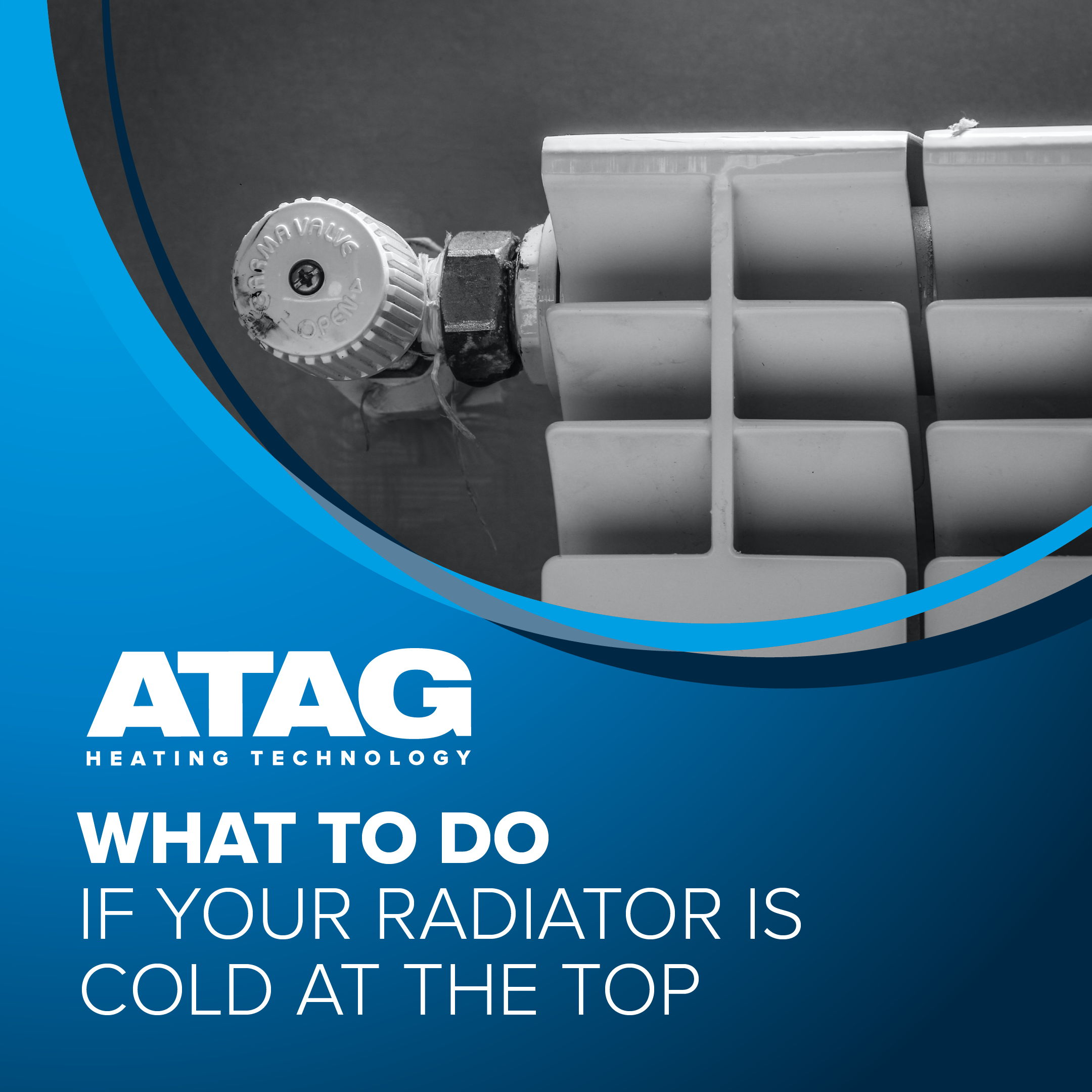
Radiators are cleverly designed to circulate heat evenly across the whole of the radiator, from top to bottom and left to right. If your central heating is switched on and the top of your radiator is cold, you may need to bleed them. Fortunately, it is usually an easy fix and something you can even do yourself! Read on to find out how you can bleed your radiators in a few simple steps.
Why is my radiator cold at the top?
If your radiator is cold to touch at the top, but hot at the bottom, it is more than likely you have air trapped in the top of the radiator. Trapped air bubbles circulate with the water, but once they reach the top of your radiator they stay there. As water is denser than air, the water stays at the bottom and air floats upwards. Water is much more efficient in producing heat, the bottom of your radiator will start to heat up, while air that doesn’t conduct heat will remain at the top and won’t heat up.
Make sure you are giving sufficient time between turning on your central heating checking to see if your radiators are heating up properly. If after 20-30 minutes your radiators are still cold at the top, then proceed with bleeding your radiators.
You can fix this problem by bleeding your radiators. It is a simple task that anyone can do.
How to bleed a radiator
Important: Before you start to bleed your radiator that the system has cooled down completely, otherwise scalding hot water can bleed through the valve and cause burns.
- Firstly, before you start bleeding the radiator make sure you turn OFF your central heating.
- Locate the bleed valve. These are usually found either at the side or on the top of the radiator.
- Use a radiator key. You can purchase a radiator key from most DIY or hardware stores. If you cannot locate a radiator key, a flathead screwdriver is fine to use.
- Insert the radiator key or screwdriver into the valve and turn clockwise.
It is important to note you should not completely unscrew the bleed valve, only loosen it slightly until you hear air coming from the valve. You should hear a slight hissing sound.
- Once the hissing sound has stopped, you will start to see water trickle out from the valve. When this happens, tighten the valve back up.
Put down a towel or a small container underneath the valve to protect your walls and floors from water. As the valve is small, you shouldn't have a lot of water however, it is best to be prepared.
- When tightening the valve back up, close it gently and do not overtighten as this can lead to the thread being bolted inside of the radiator, which can lead to a bigger problem in the future.
- Your radiator should start heating evenly now.
Please be aware that during this process, the pressure in your boiler may drop due to the air escaping from your radiators.
If you are still experiencing problems with your radiator after following this step-by-step guide, there could be a problem with your central heating system. It is important to contact a Gas Safe Registered engineer to come and inspect your radiator and boiler system.
Related Read: Why is it important to ALWAYS use a Gas Safe Registered Installer? (atagheating.co.uk)
If you are looking to upgrade your boiler, find out more about the most efficient boiler range in Europe here
-1.png?width=475&height=576&name=MicrosoftTeams-image%20(1)-1.png)
.png?width=250&height=76&name=ATAG%20Logo%20(72dpi%20RGB).png)
